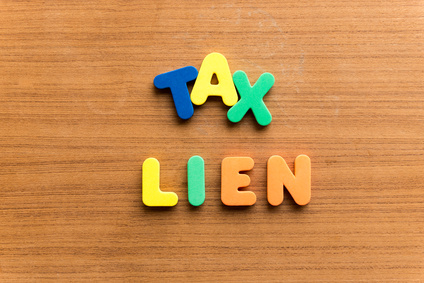
When you are past the due date for tax payment, things can get much worse than you can ever imagine. In long overdue cases of nonpayment, the IRS holds the right to claim the defaulter’s assets, both tangible and intangible. An IRS tax lien can not only give you stressful days and sleepless nights, but also has a negative impact on your credit reports, as it causes your credit score to plummet drastically. Thankfully, there are a few ways to move out of this quagmire. Let’s talk about four such avenues.
1. Get an Overview of How Much You Actually Owe
It is a wise practice to understand your tax situation fully before you starting paying off your due amount. Document how much unpaid tax you owe to IRS each tax year. This will help you monitor what is going on with your federal tax lien. Maintain a detailed spreadsheet on current balance due, returns already filed, late penalties, and instalment agreement. Such an approach to tax debt will give debtors a bigger picture and tell them what exactly they must do.
2. Cross Check the Information on Your Credit Report
Obtain a copy of your credit report and check its public records section that shows all reported tax liens. Go to the tax lien you are looking for and cross check the balance information given therein to ensure there is no discrepancy. In order to qualify for an IRS lien withdrawal, you must first clear, in full, all pending liens and then fill out IRS Form 12277. Thereafter, a credit bureau will consider withdrawing the bad debt if you meet all the requirements.
3. Wait for the Statute of Limitation to Expire
The IRS typically imposes a 10-year statute of limitations on its tax collections. As a general rule, the IRS will attempt to collect unpaid taxes for up to 10 years counting from the time they assessed the taxes. If you are still unable to pay the taxes by the end of these 10 years, you may need to sell your house or refinance to pay the IRS. The IRS will cease its collection efforts subject to some exceptions. For instance, if the IRS had filed a tax lien against you in 2007 and you are unable to pay it off for some genuine reasons, the IRS will withdraw its lien by 2017.
4. Apply for IRS’ Fresh Start Program
Recently, IRS announced a program called Fresh Start, which makes the lives of debtors who qualify easier. Under this program, you can appeal for a withdrawal of your federal tax lien as if it never existed. For that, you must meet the following criteria namely:
- You are a qualified taxpayer
- You must not owe more than $25,000
- You have made at least 3 consecutive direct debit payments
- You are compliant with all payment and filing requirements
Wrap Up
Nobody wants to be behind their tax payments, but unfortunately each year many people get entangled in this tax quicksand. Take the measured suggested above and make IRS tax lien less complicated. If you need expert advice, feel free contact our office and speak directly with Attorney Nick Nemeth for a no-obligation free consultation. Simply call (972) 426-2553 or fill out our contact form and one of our representatives with get back with you, shortly.


